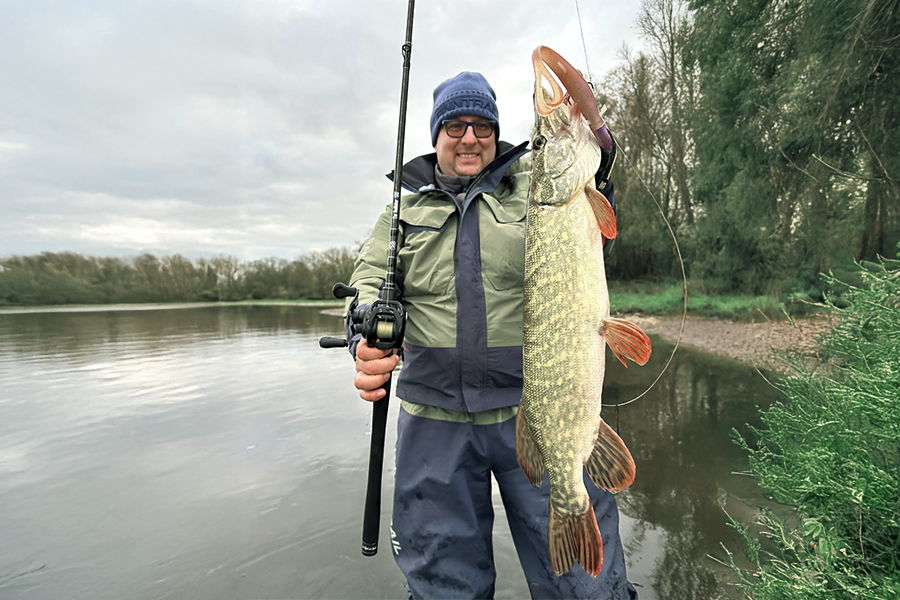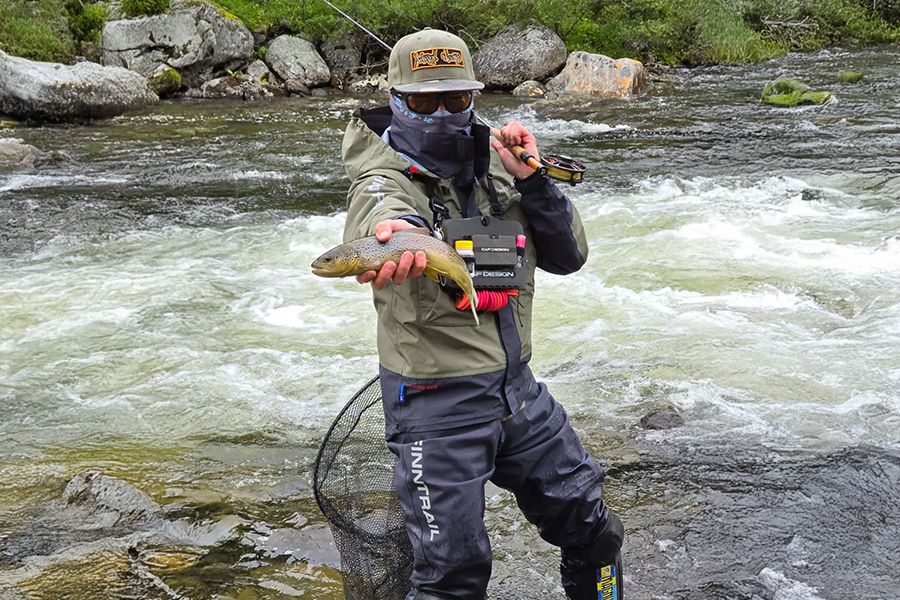How Should Fishing Waders Fit? The Complete Guide to Getting It Right
A proper-fitting pair of waders can make or break your fishing or hunting experience. Too loose and they’ll bunch, sag, and let in cold water. Too tight and you’ll feel restricted and uncomfortable during long days on the water. So, how should fishing waders fit? This guide will walk you through the ins and outs of waders fitting, from measuring your body correctly to understanding what features define the best fitting waders for different fishing environments.

Why Wader Fit Matters
Whether you’re fly fishing or just wading through streams, how your waders fit affects performance, safety, and comfort. How are waders supposed to fit? Ideally, they should feel snug but not restrictive, giving you a full range of motion without sagging or tightness. Ill-fitting waders can cause everything from overheating and water leakage to dangerous tripping hazards.
How to Measure for Waders Correctly
Before buying, it’s essential to learn how to measure for waders accurately. Here’s how:
-
Chest: Measure around the widest part of your chest, under your arms.
-
Inseam: Measure from your crotch to the floor (barefoot).
-
Shoe Size: This determines your neoprene sock or bootfoot waders size.
-
Waist (optional): Some brands use waist measurements for improved fit.
By knowing how to measure waders, you’ll avoid returns and get into the water faster. If you're between sizes, opt for the larger size, especially for layered clothing underneath.
How Should Chest Membrane Waders Fit?
Chest waders should cover you from foot to upper chest, with adjustable shoulder straps allowing a secure but comfortable fit. They shouldn’t ride up under your arms or hang low around your waist. The legs should have enough room for bending, kneeling, and walking without excess fabric flapping or bunching.
If you're asking yourself, “What size waders fit me?” — the answer depends on your chest, inseam, and shoe size. More brands now offer custom fit chest waders or extended sizing to ensure a more personalized feel. If you have trouble finding a good off-the-shelf fit, made to measure fishing waders are worth considering.
How Should Neoprene Waders Fit?
Neoprene waders have a different feel than breathable fabrics. They should feel snug — similar to a wetsuit — but not tight to the point of discomfort. Because neoprene stretches, it's better to have a closer fit that prevents cold water from rushing in during full submersion.
That said, how to make waders fit better depends on your activity level and the layers you're wearing. For cold conditions, leave enough space for thermal layers underneath.

How to Fit Waders: Pro Tips
Once you’ve selected your size, follow these guidelines to ensure the best fitting waders:
-
Try Before You Buy (If Possible): Walk, squat, and kneel in them. Look for any tightness or bagging.
-
Check Mobility: Your knees should bend easily. There should be no pulling across the shoulders or chest.
-
Avoid Extra Bulk: While you want room for layering, too much space invites chafing and cold pockets.
-
Adjust for Layering: Consider what you’ll wear underneath. Add a few inches to your measurements if layering heavily.
-
Use Wading Belts: A snug belt improves fit and adds safety in case of falls.
How to Make Waders Fit Better
Already have a pair that doesn’t fit quite right? Here are tips on how to make waders fit better:
-
Use suspenders and belts to adjust height and width.
-
Wear a base layer to reduce friction and bulk.
-
Add or remove socks to improve boot fit.
-
Use wader repair tape to tighten small gaps or sagging seams.
-
Consider neoprene gaiters for better calf and ankle support.
Even if they’re not custom fit waders, small tweaks can improve your comfort and mobility.
Choosing the Best Fitting Waders for Your Activity
Different fishing and hunting styles call for different fits:
-
Fly Fishing: Look for breathable fabric and articulated knees.
-
Cold Water Wading: Use custom fit waders with fleece-lined interiors or insulated boots.
-
Hiking to Remote Waters: Choose lightweight waders with good packability.
For every situation, there are best fitting waders that enhance performance and comfort.
Final Thoughts: How Should Waders Fit?
They should be snug but flexible, breathable yet protective, and above all, tailored to your body and activity. If you’re still wondering “How do I know what size waders to fit me?”, the answer lies in careful measuring, understanding fit guidelines, and prioritizing your specific use-case. Not sure what type of waders you need? Check out our guide for help.
At FINNTRAIL, we offer a wide selection of custom membrane waders, neopere waders, and high-performance apparel for all fishing styles.





